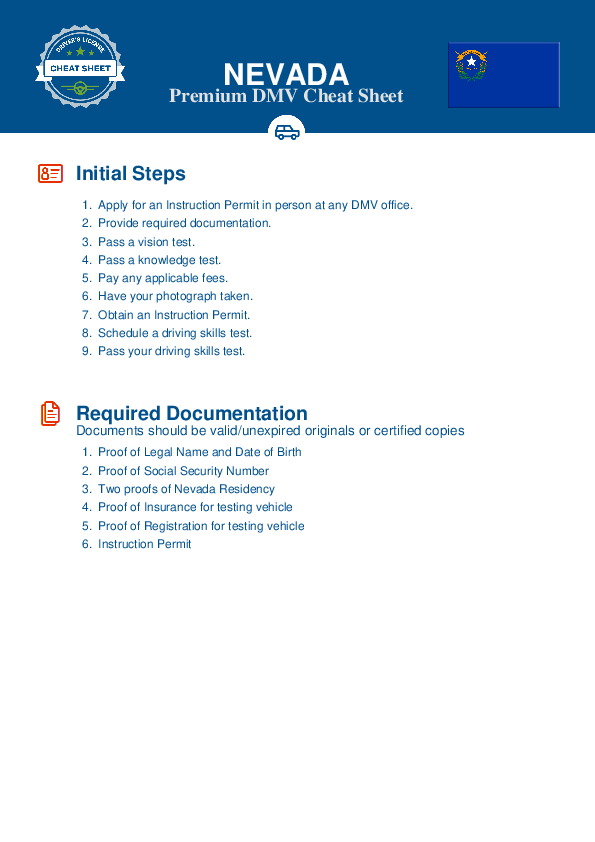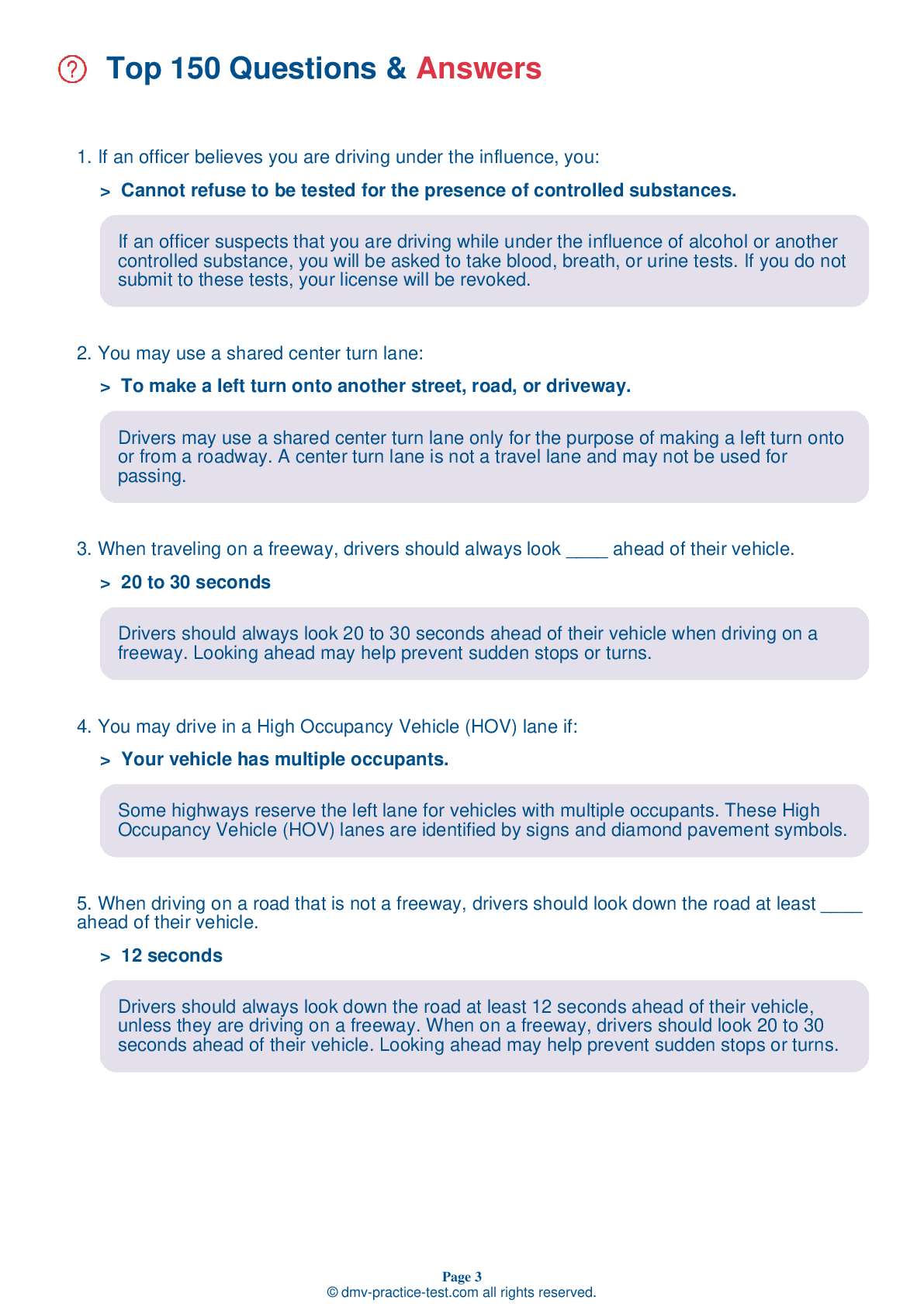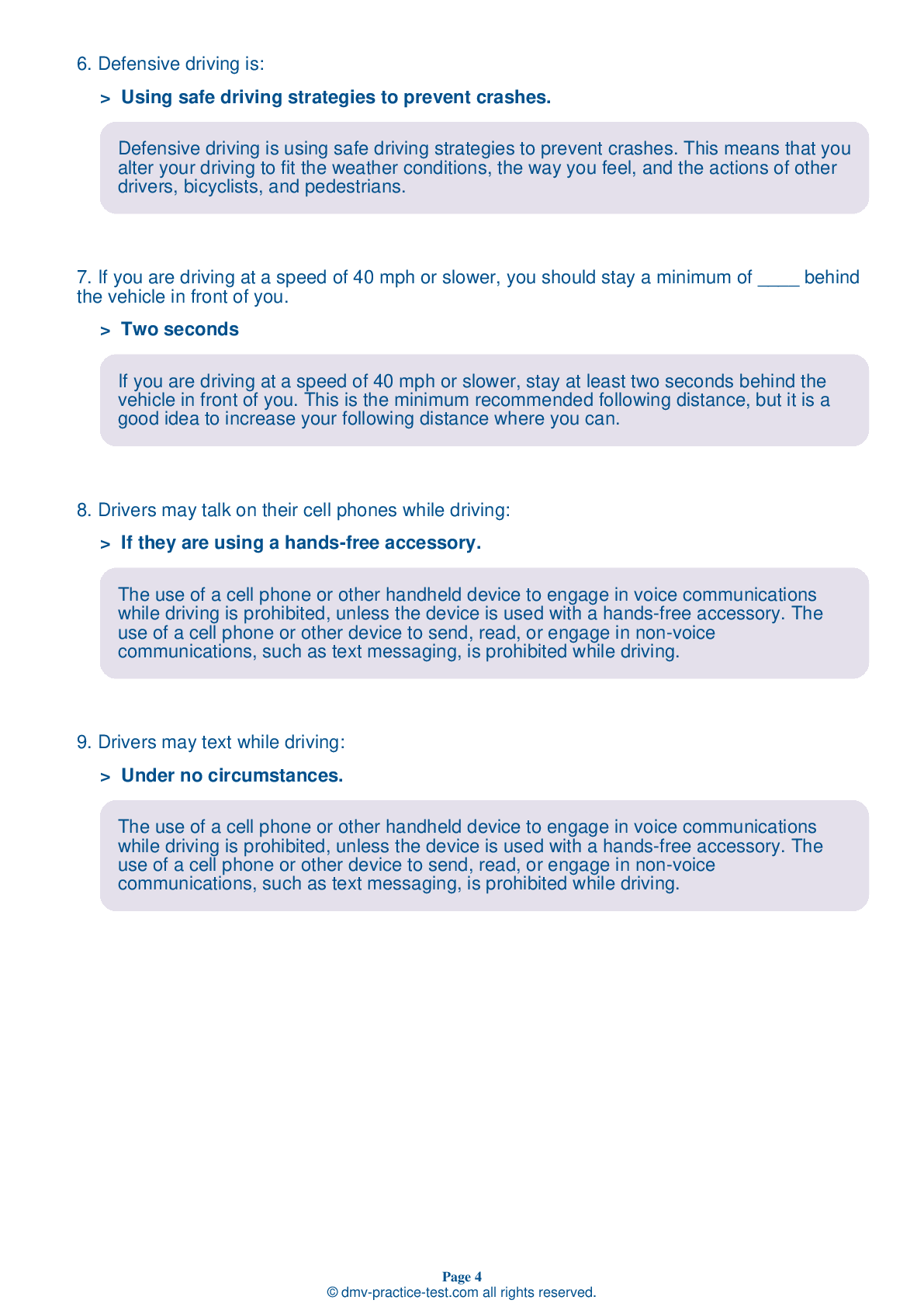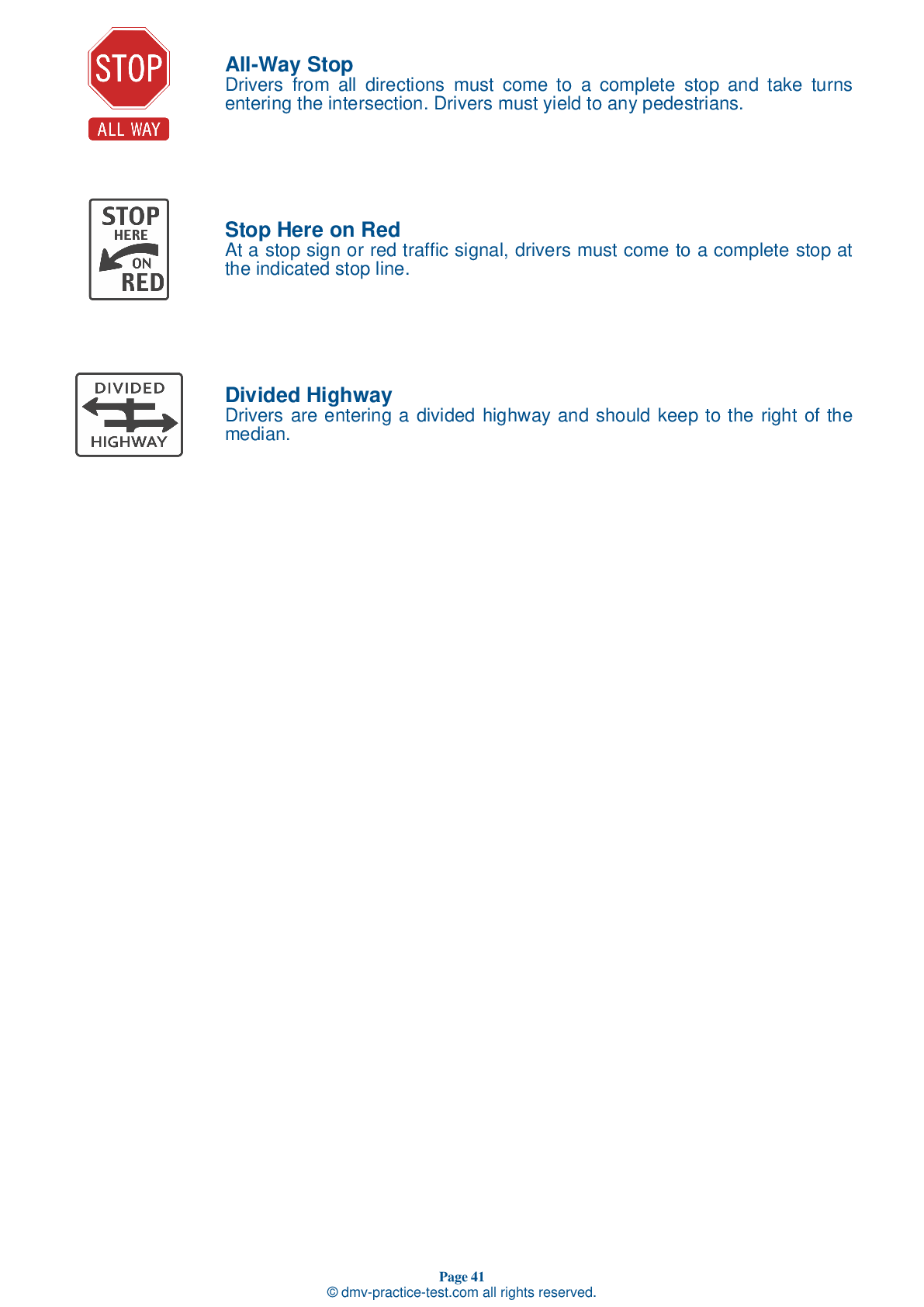FREE Nevada DMV Practice Test #17 Page 4 of 7
The Nevada DMV practise examinations have been updated for January 2025. It includes questions based on the Nevada Driver Handbook's most significant traffic signals and legislation for 2025. Use actual questions that are very similar (often identical!) to the DMV driving permit test and driver's licence exam to study for the DMV driving permit test and driver's licence exam.
On the practise exam, each question gets a tip and explanation to help you remember the concepts. The written component of the official Nevada DMV test will include questions about traffic rules, traffic signs, and driving statutes, as well as knowledge from the Driver Handbook.
To obtain a passing grade, you must correctly answer 40 of the 50 questions. To help you prepare for your instruction permit or driver's licence, take our Nevada DMV practise test.
The DMV exam is available in several languages.
Using any kind of testing assistance will result in an automatic fail, and the DMV may take additional action against your driver's licence, so stay away from it.
22 . When driving on slick roads, you should:
While it is always dangerous to drive too fast on slippery roads, this is especially true when driving in turns and curves. Be sure to approach them more slowly in slippery conditions than you would under normal circumstances.
23 . If a crossing guard is directing traffic in a school zone, you must:
Be prepared to reduce your speed and use caution when directed to do so by a sign, crossing guard, or law enforcement officer. Always drive with extra caution in a school zone.
24 . If you are driving so slowly that traffic is backing up behind you, you should:
Driving more slowly than the flow of traffic can be hazardous. If you are on a two-lane, two-way road and driving so slowly that traffic is backing up behind you, you are required to pull off the road and let the other vehicles pass. Only drive significantly under the speed limit when conditions require it.
25 . Highway markings:
Highway markings provide information for drivers. Markings help drivers correctly position their vehicles on roadways, inform drivers of safe passing zones, and warn drivers about upcoming conditions.
26 . This sign means:
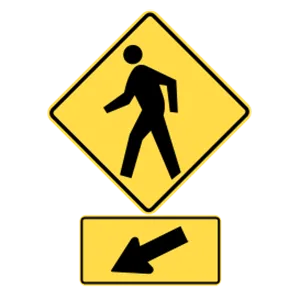
This sign indicates the presence of a pedestrian crossing. Drivers should be cautious when driving where pedestrians may be present.
27 . Who is required to wear a seat belt in a moving vehicle?
In Nevada, all occupants of a moving vehicle are required to wear a seat belt. Children under the age of six, and those who weigh less than 60 pounds, must ride in an approved child restraint system.
28 . If a vehicle using high beams comes toward you, you should look toward ____ of the road.
If a vehicle approaching you is using its high beams and fails to dim them, you should glance toward the right side of the road. This will keep you from being blinded by the other vehicle’s headlights and will allow you to see well enough to stay on your course until the vehicle passes.
See the exact questions that will be on the 2025 Nevada DMV exam.
99.2% of people who use the cheat sheet pass the FIRST TIME
LT gives us an insight on how the cheat sheet provided her with all the study questions she needed before taking her test.
Joe initially studied with the handbook and failed his test, he eventually found us online, studied and pass his test the first time around.
